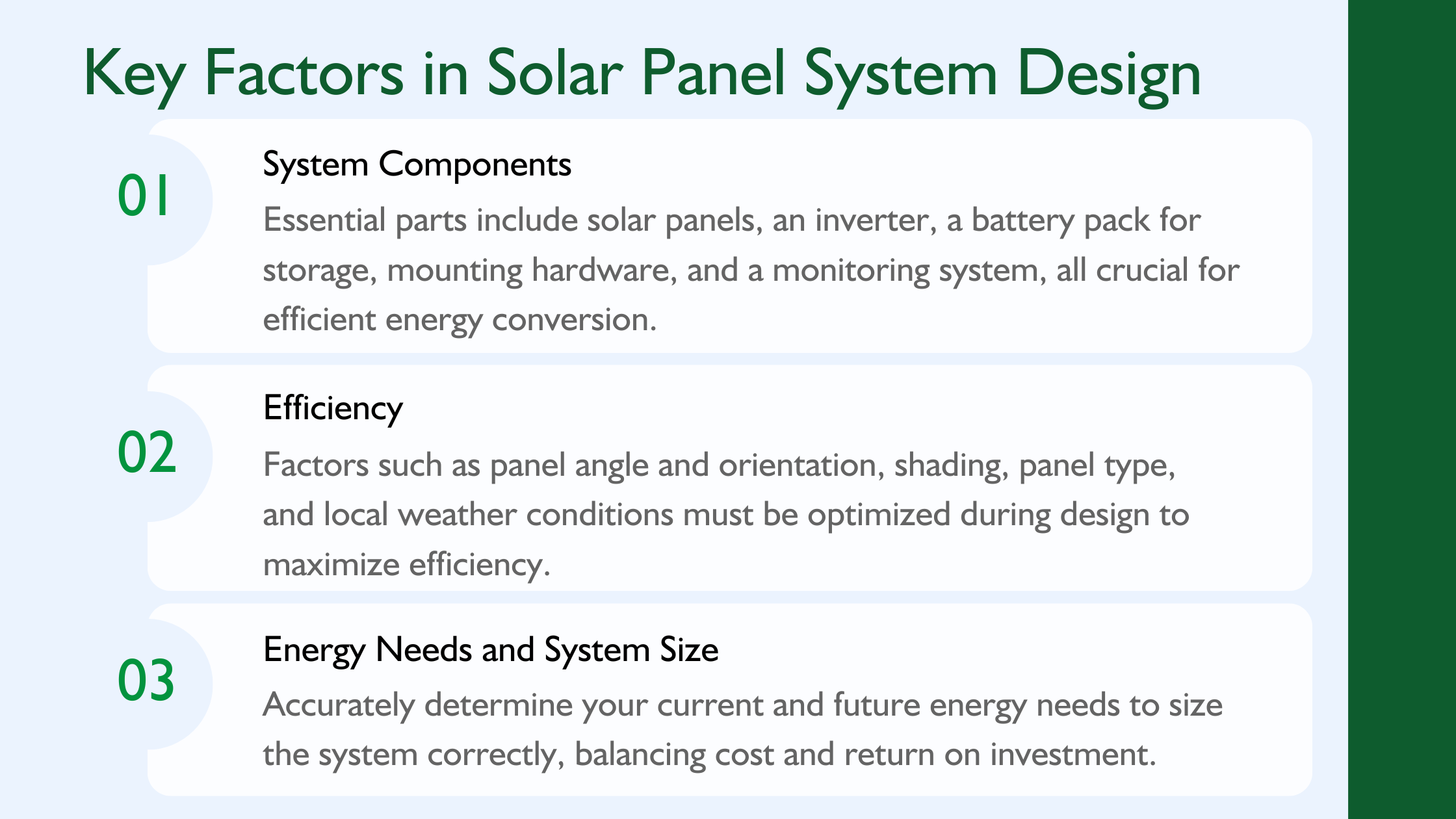Choosing the Right Panel System Design
Choosing the Right Panel System Design
Solar energy is becoming an increasingly popular choice for homeowners and businesses alike, offering a renewable and sustainable energy source that can lead to significant savings on energy bills. But with so many factors to consider when implementing a solar panel system, it can be overwhelming to determine the best design for your needs.
In this article, we'll guide you through the crucial considerations for solar panel system design, including where to put solar panels on your roof and how to design solar panels effectively to maximize your investment.
Understanding Solar Panel System Design
Before diving into the specifics of where to place your solar panels and the intricacies of solar panel roof design, it's important to understand the basics of solar panel system design. A well-designed system will ensure that you get the most out of your solar panels, both in terms of energy production and financial returns.
The Components of a Solar Panel System
A typical solar panel system consists of solar panels, an inverter, a battery pack (for storage), mounting hardware, and a monitoring system. Each component plays a pivotal role in the conversion of sunlight into usable electricity.
Factors Influencing Solar Panel Efficiency
Several factors can influence the efficiency of your solar panels, such as the angle and orientation of the panels, shading from nearby objects, the type of panels used, and local weather conditions. Each of these elements must be considered during the design process to ensure optimal performance.
Where to Put Solar Panels on Roof
The placement of solar panels on your roof is one of the most critical decisions you'll make. The goal is to maximize sun exposure throughout the day and across different seasons.
Roof Orientation and Tilt
The ideal roof orientation for solar panels is typically south-facing in the northern hemisphere and north-facing in the southern hemisphere. This orientation captures the most sunlight as the sun moves from east to west during the day. Additionally, the tilt of the panels should be adjusted to match your latitude for optimal sun exposure.
Shading Considerations
You'll need to assess your roof for any potential shading from trees, chimneys, or neighboring buildings. Even small amounts of shading can significantly impact the efficiency of your solar panels. It's crucial to design your system in a way that minimizes shading as much as possible.
Roof Condition and Material
The condition and material of your roof can also affect where and how solar panels should be installed. Some roof materials, like slate or wood shingles, may require special mounting systems. Additionally, if your roof is nearing the end of its lifespan, it may be wise to replace it before installing solar panels.
How to Design Solar Panels for Maximum Efficiency
Proper design is key to ensuring your solar panel system operates at peak efficiency. From the selection of components to the layout of the panels, every aspect of the design process matters.
Panel Type and Quality
The type and quality of solar panels you choose will directly impact the efficiency and longevity of your system. Monocrystalline panels, for example, are known for their high efficiency but come at a higher cost. Polycrystalline panels are more affordable but slightly less efficient. Research and compare different panel types to find the best fit for your budget and energy needs.
System Size and Energy Needs
Determining the right size for your solar panel system is crucial. You'll want to consider both your current and future energy needs. A system that's too small won't cover your energy needs, while one that's too large may not provide a good return on investment.
Inverter Selection
The inverter is the heart of your solar panel system, converting the DC electricity produced by the panels into AC electricity that can be used in your home or business. Ensure that the inverter you choose is compatible with your solar panels and has the capacity to handle your system's output.
Solar Panel Roof Design Considerations
Designing your solar panel layout on the roof involves more than just determining where the panels will physically fit. You'll need to consider the aesthetics, the weight distribution, and the ease of maintenance.
Aesthetics
While the primary goal of solar panels is to produce energy, the visual impact on your home is also an important consideration. Strive for a design that balances efficiency with an aesthetically pleasing arrangement.
Weight Distribution
Solar panels add significant weight to your roof structure. It's essential to ensure that the design accounts for an even distribution of weight to avoid any structural issues.
Maintenance and Accessibility
Lastly, consider the maintenance and accessibility of your panels. There should be sufficient space around the panels to allow for cleaning and repairs. Proper access can extend the lifespan of your system and ensure it continues to operate efficiently.
Implementing Your Solar Panel System Design
Once you've considered all the factors and settled on a design, the next step is implementation. This typically involves engaging a professional solar installer who can bring your design to life.
Choosing a Reputable Installer
Selecting a reputable installer is just as important as the design itself. Look for companies with experience, proper certifications, and positive customer reviews.
Permits and Regulations
Before installation begins, you'll need to obtain the necessary permits and ensure that your design complies with local regulations and building codes. Your installer should be able to assist with this process.
Monitoring and Maintenance
After installation, monitoring your system's performance is essential to ensure it's operating as expected. Regular maintenance will keep your system running smoothly and help identify any potential issues before they become major problems.
Conclusion
Choosing the right panel system design is a complex task that requires careful consideration of many factors. By understanding the basics of solar panel system design, assessing your roof's suitability, and selecting high-quality components, you can maximize the efficiency and effectiveness of your solar investment.
Implementing a well-thought-out design with the help of a professional installer will ensure that your solar panel system provides clean, renewable energy for years to come. As solar technology continues to advance, taking the time to choose the right panel system design now can lead to a brighter, more sustainable future.
Contact us to arrange a free, no obligation quotation
from our friendly team. We'll get back to you within one working day.
See Our Solar and Battery Installation Services in Action
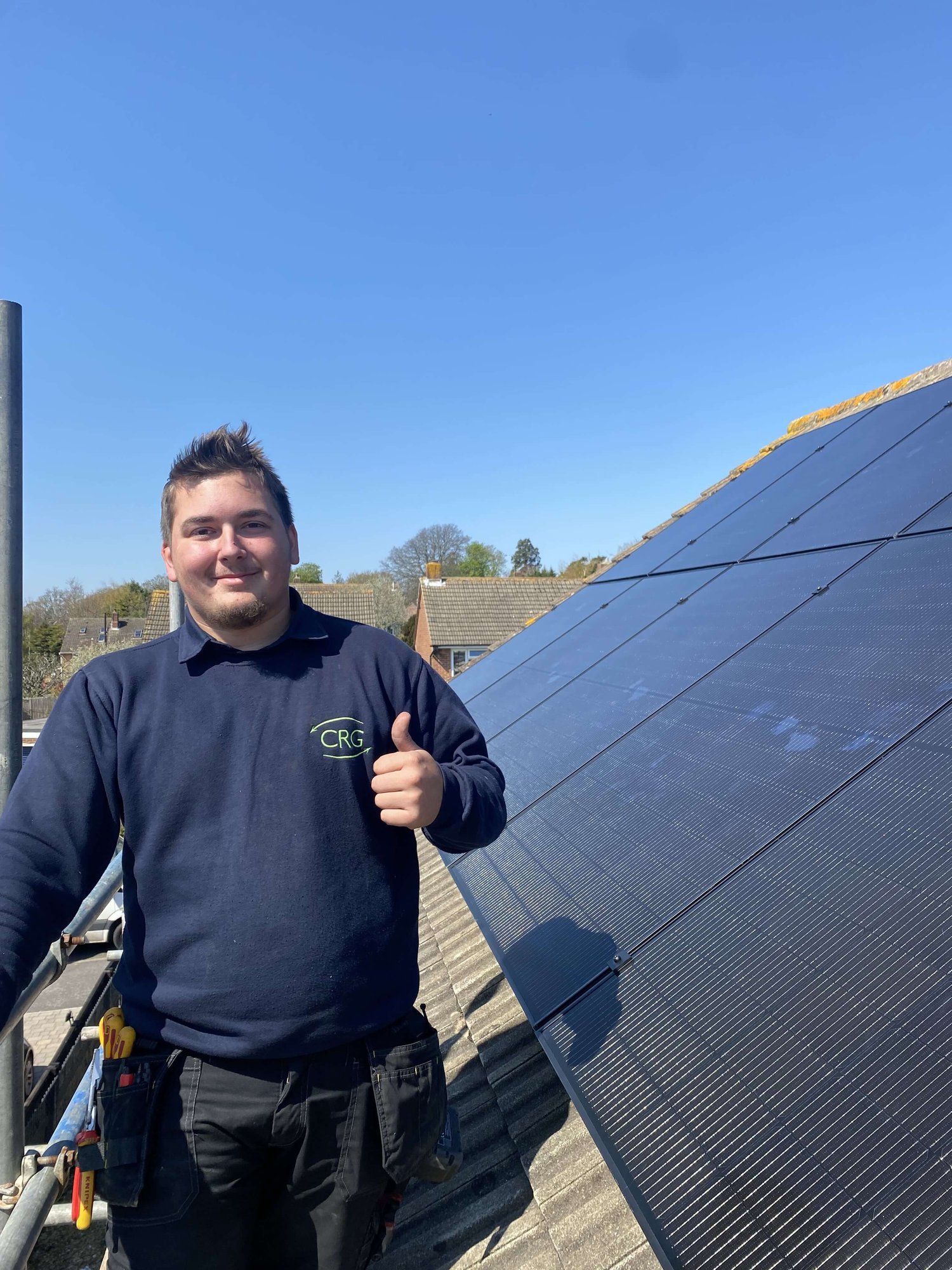



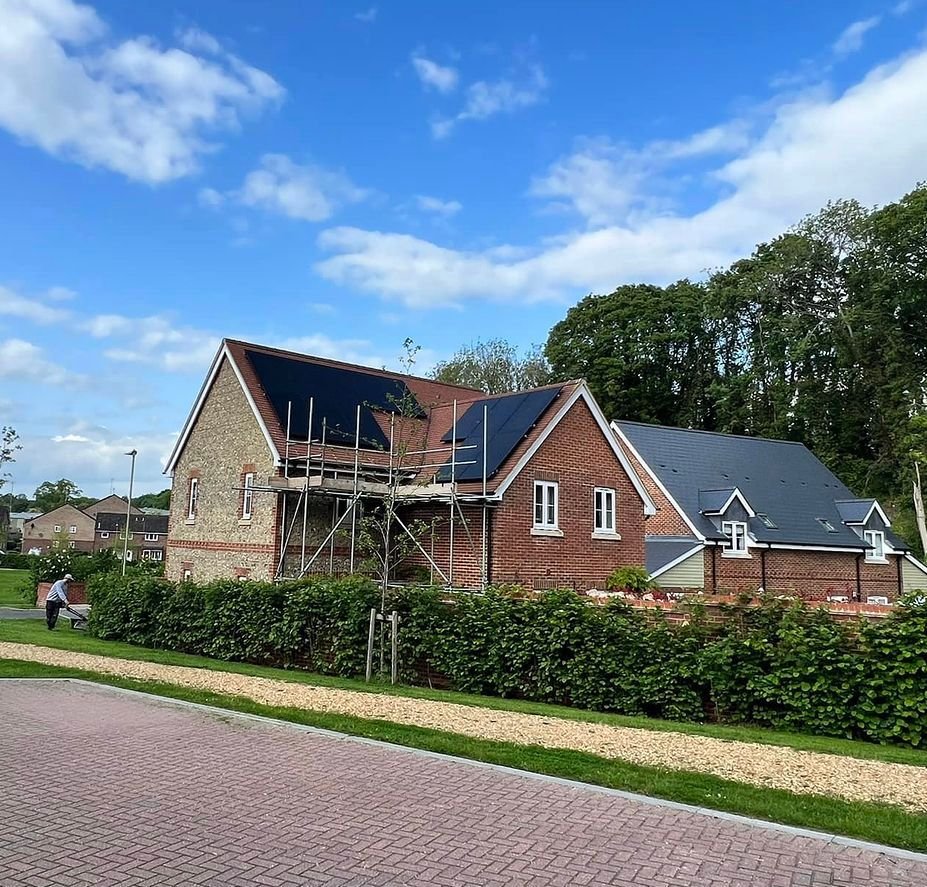

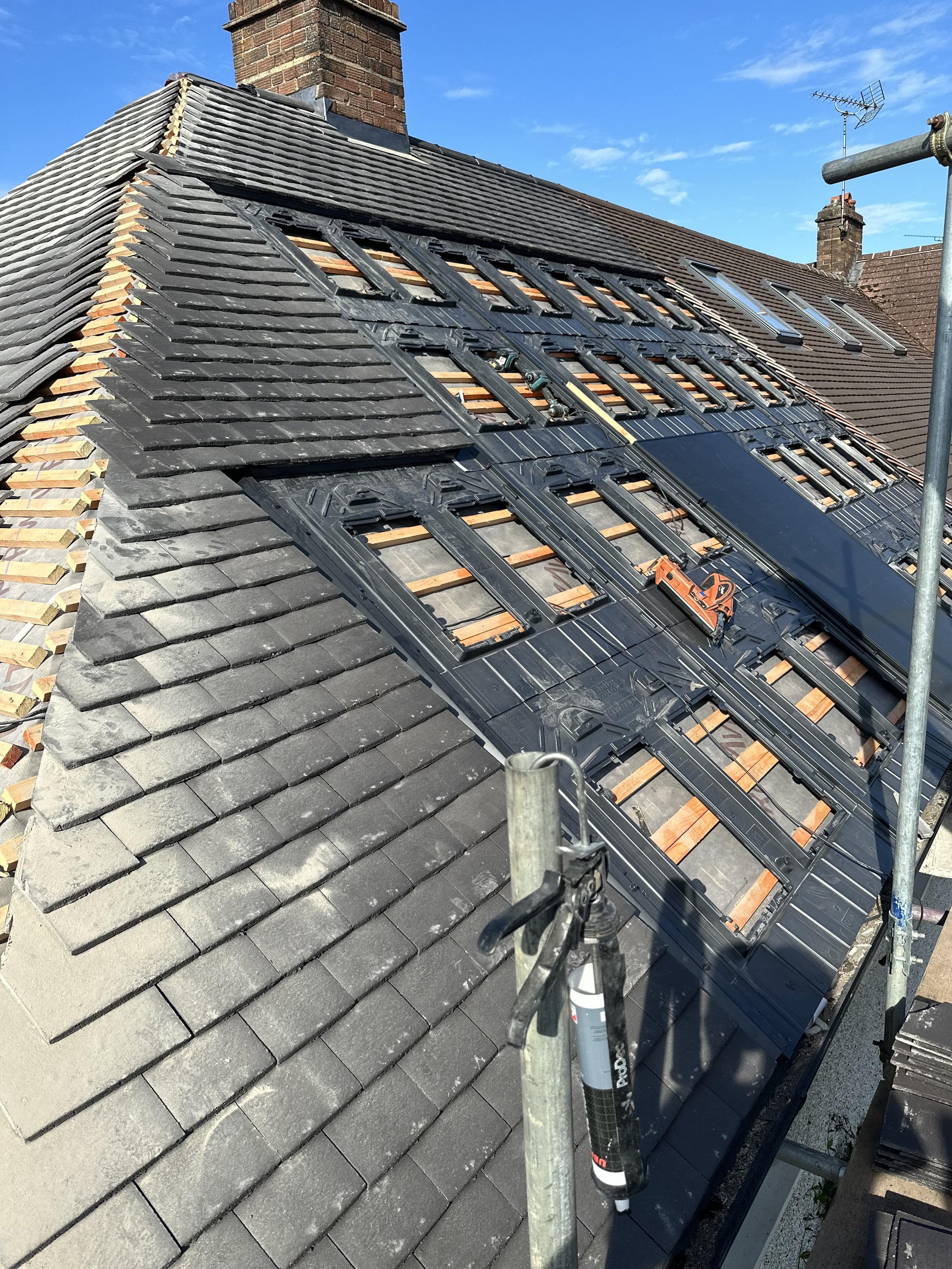
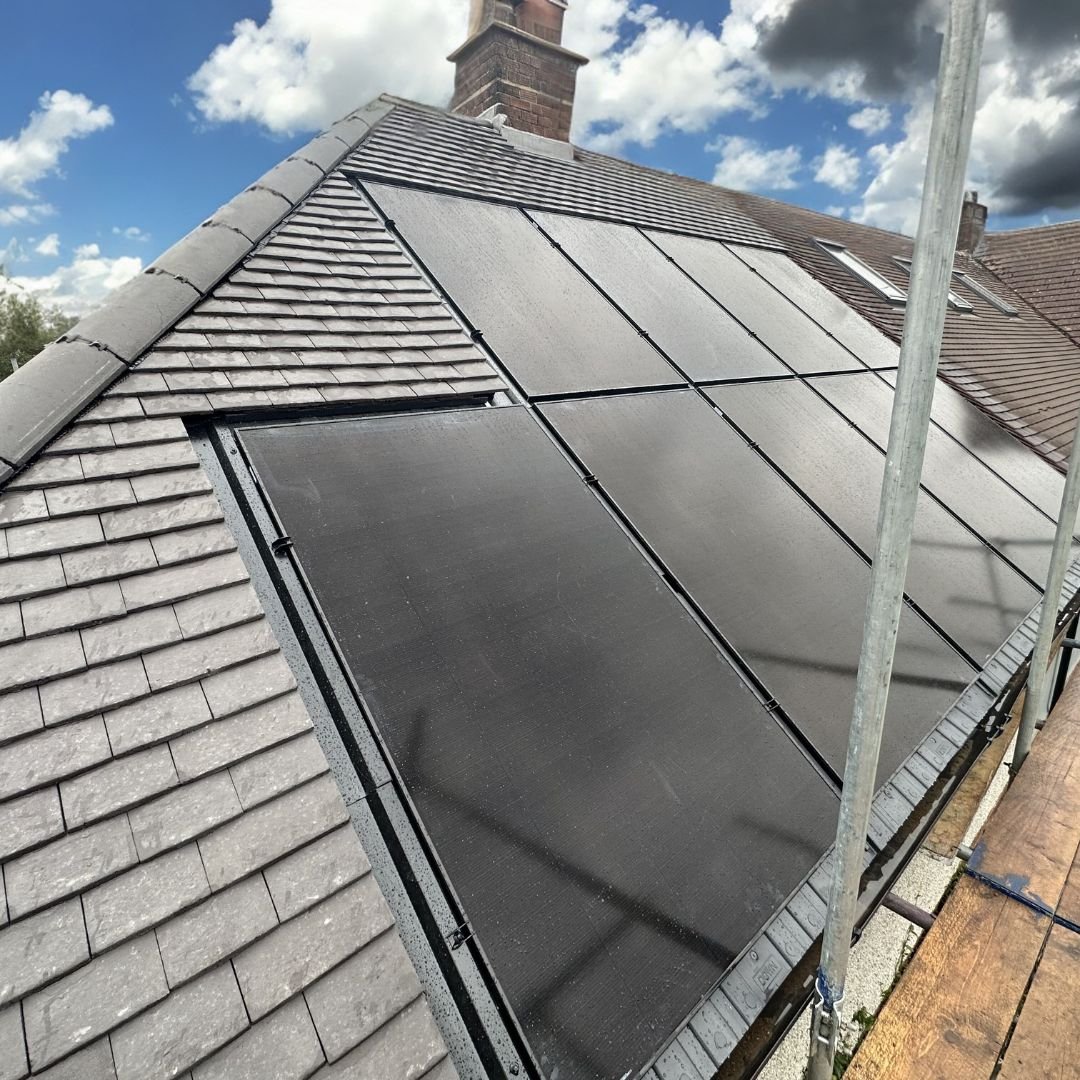

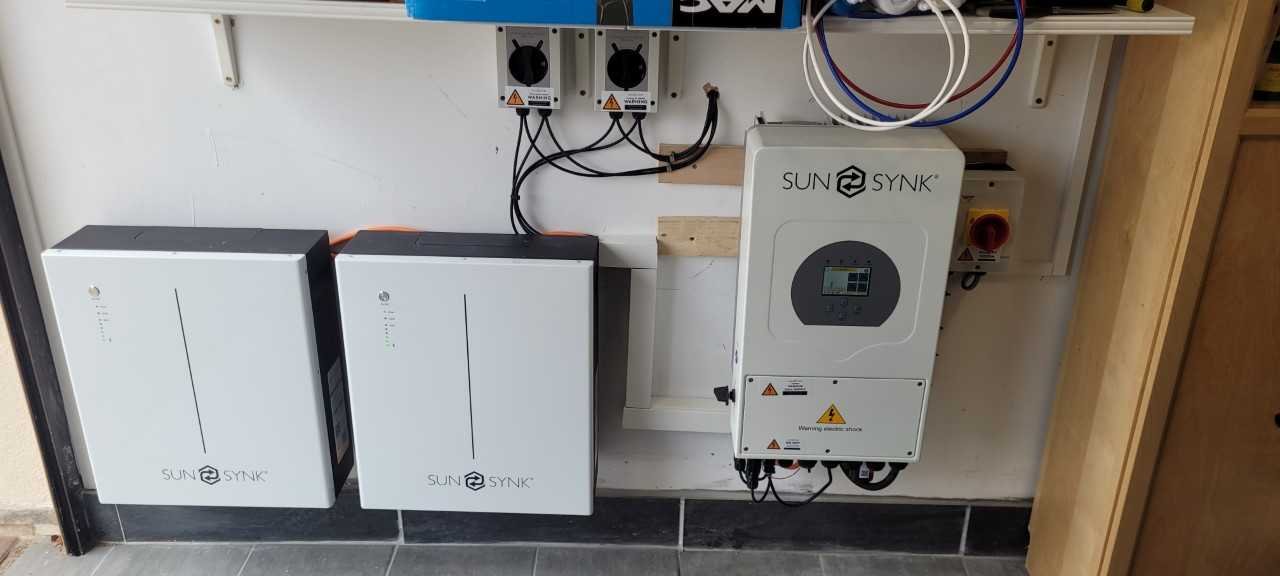

Solar Panel Installation and FAQ’s
Getting Started with Solar Panels
Dive into the world of solar panel installation with insights into flat roof setups, possible energy savings, how it works, panel options, and more.
Solar Panel Installation and Types
Discover how to participate in the SEG scheme and navigate planning permissions in the UK while exploring the essential concept of DNO approval for a seamless solar panel experience.
Find the best system size for your needs ☀️
Reliable Solar & Battery Services for Your Home
With CRG, you can be sure you’re getting the best results at a cost-effective price. Our highly-rated commercial solar installation services include the following:
Learn more about how our experienced solar energy professionals can help you — simply request a free quote online or call us on 0333 253 3531 today.
Read our great reviews.
From quote to after care we found CRG professional… From start to finish we found CRG helpful, professional and the workmanship excellent.




